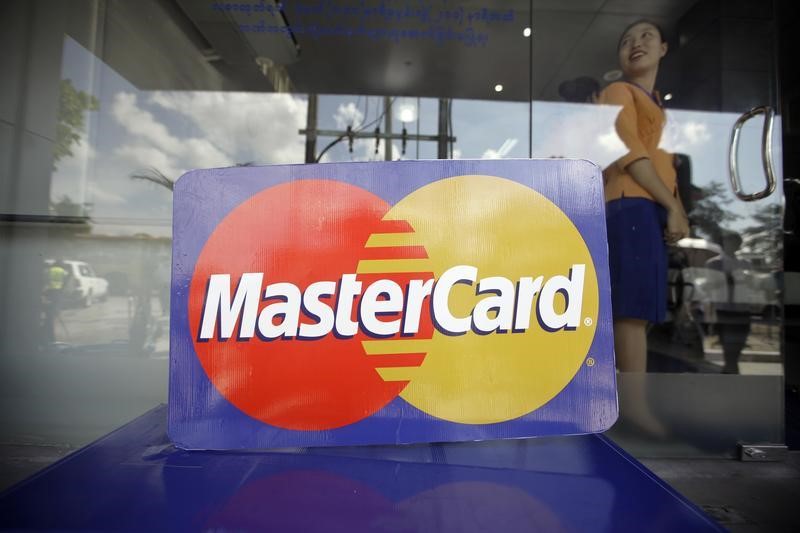Price-conscious holiday shoppers drove online spending, with 6.7% growth in online sales from Nov. 1 to Dec. 24, compared to a 2.9% increase for in-store sales. Total spending rose 3.8%, surpassing the previously forecast rise of 3.2%. Steve Sadove, senior adviser to Mastercard and former Saks CEO and chairman, said that spending rose even when higher prices due to inflation were factored in. He noted that the last five days of the holiday season accounted for 10% of all holiday spending, showing “a lot of strength in the end.”
Retailers who offered convenient options such as free delivery and curbside pickup saw an increase in sales, with some like Target and Dollar Tree up as much as 3% in noon trading. Retailers were disciplined with promotions, with Walmart and Target focusing on their membership programs and grocery chains like Kroger and Five Below reducing prices to be competitive.
Sales in the apparel, jewelry, and electronics categories were up 3.6%, 4%, and 3.7%, respectively, with online sales of apparel growing 6.7%, compared to a 0.2% increase in stores. Aireale Hobbs, a Huntsville, Alabama resident, started Christmas shopping for pajama sets, Stanley drink tumblers, and toys for her family online on Black Friday, citing convenience, more options, and better deals. Online sales accounted for 40% of all holiday spending, with many shoppers opting for the convenience of buying online and picking up in-store (BOPIS).
Retailers’ efforts to attract shoppers through ads on social media and streaming platforms also paid off, with salesforce estimating that BOPIS orders could double during the weekend before Christmas. FedEx estimated stronger-than-expected holiday delivery volumes last week, highlighting the strong consumer demand.

